WD Red Pro Review: 4 TB Drives for NAS Systems Benchmarked
by Ganesh T S on August 8, 2014 9:00 AM ESTRAID-5 Benchmarking - Miscellaneous Aspects
Consumers are rightly worried about RAID rebuilds and the scope for drive failures during that process. As one of our evaluation aspects, we randomly yanked out a disk during operation and cleaned it up for rebuild. The graphs below show the resync durations (time taken to rebuild a 3-disk RAID-5 volume when one of the disks needs to be replaced) as well as the average power consumption during the resync process.

As expected, the low RPM drives tend to take a long time to complete the process. On the other hand, they also have the lowest power consumption during the process.
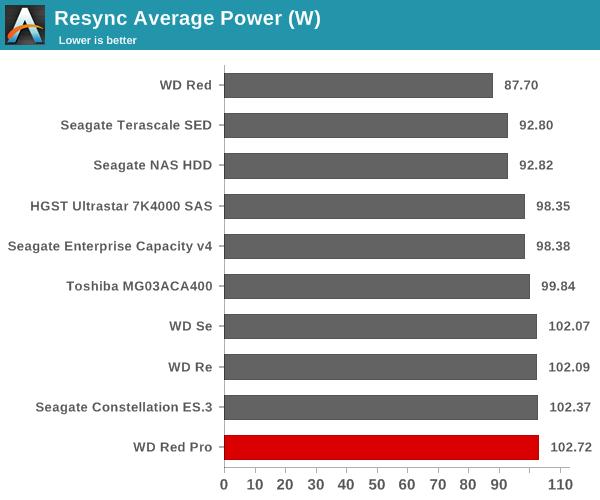
We also measured power consumption during the last stage of our multi-client test. With 25 different clients simultaneously stressing the NAS with different types of workloads, we recorded the power consumption at the wall for the NAS as a whole. The various numbers are presented in the graphs below.
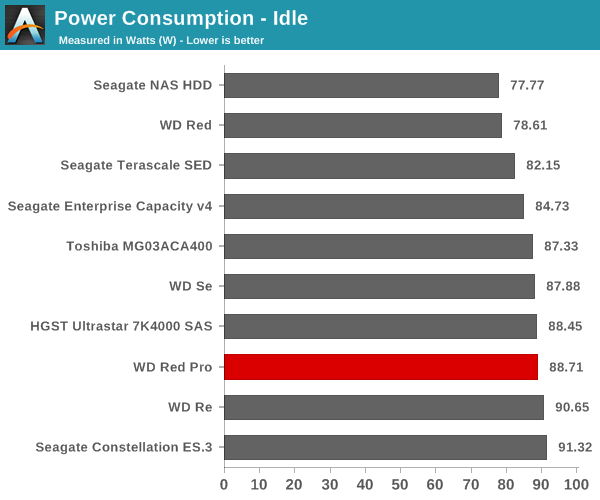
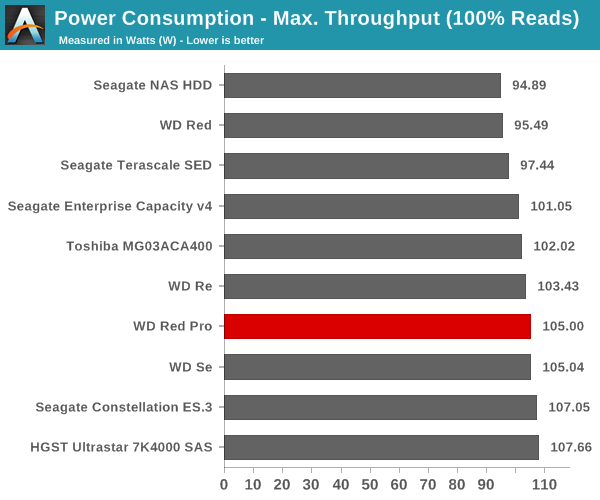
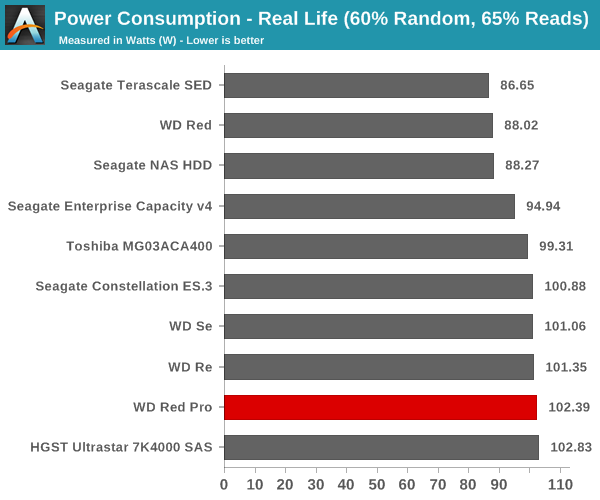

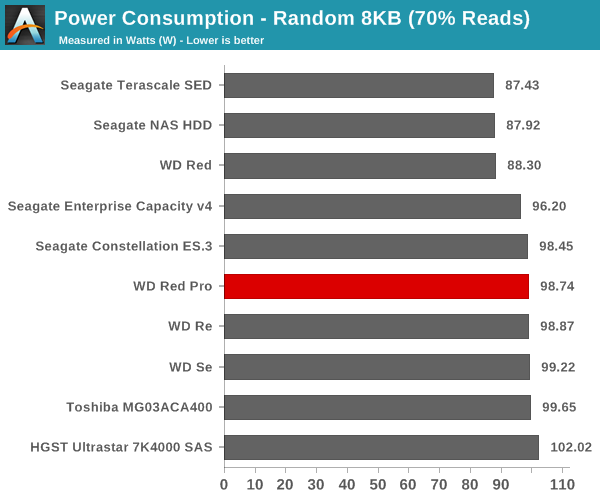
As expected, the units providing better performance have higher power consumption numbers.










62 Comments
View All Comments
leexgx - Saturday, August 22, 2015 - link
old article i never seen issues with data reliability unless the drive itself has been problematic (bits of the disk that cant be read and the stupid drive not remapping it) norm i just change the drive once issues happen or random issues as i had with some samsung drives not liking my server (fine in other systems)bigbann - Tuesday, May 23, 2017 - link
thank you for the test. I just want to buy some used SAS drivers from https://www.servershop24.de/ . With your suggestions I can decide which is the best for me.